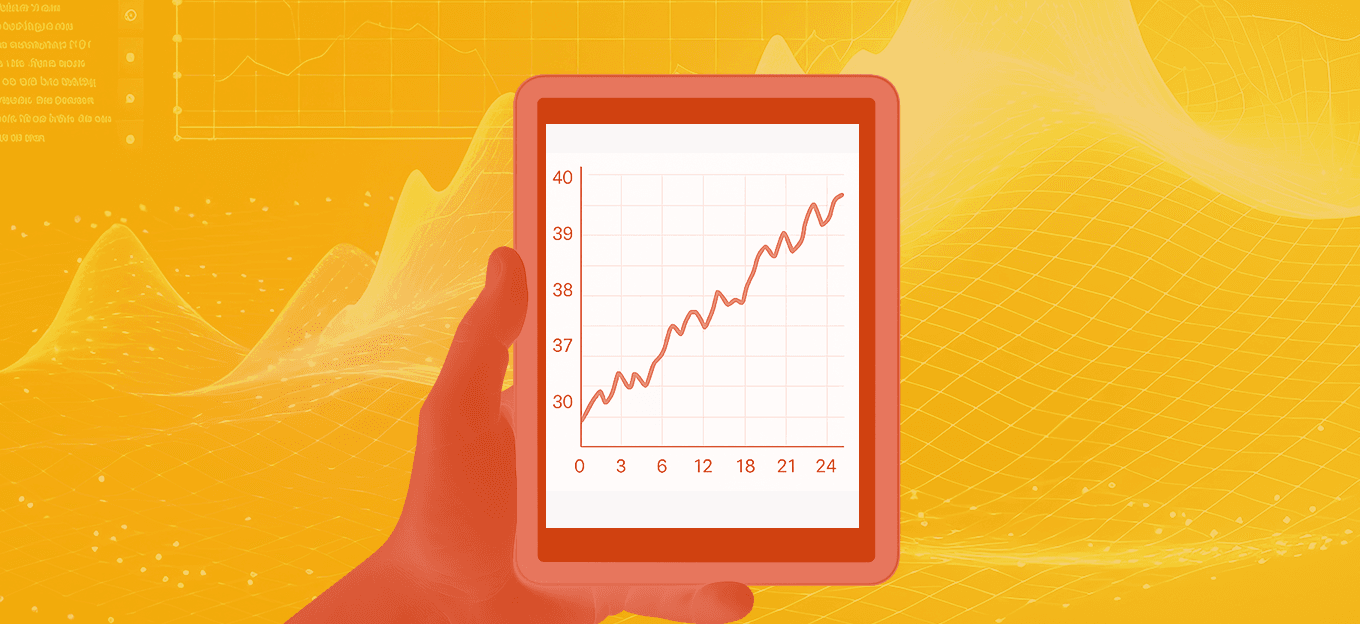The Future of Location: Beyond Beacons
The Future of Location: Beyond Beacons
- Last Updated: December 2, 2024
Guest Writer
- Last Updated: December 2, 2024



When many people think of indoor location, they first think about beacon technology. And why not? As the incumbent technology, Bluetooth beacons are the most well-known type of indoor location system, and their simplistic nature makes them a good fit for many applications and business cases, such as in general warehousing applications that require proximity zone location, or in retail environments where stores can share welcome messages and special offers with shoppers.
The requirements of many applications, however, have moved beyond what Bluetooth beacons can offer. The fact that beacons only work with smartphones, not tags, immediately limits their applicability in many industrial IoT applications. And their precision—3 to 4 meters—further limits their usefulness.
But perhaps the biggest challenge with Bluetooth beacons is that they are chiefly battery-operated devices, which makes them operationally challenging, and impacts the real-time nature of location updates.
Bluetooth beacons can only transmit periodically because real-time location drains the device’s battery. And operationally, imagine changing out the batteries of beacons in a mall setting, or a large airport, for example. Potentially hundreds of batteries will need to be changed every year, and possibly more frequently. The operational expense of changing them frequently ruins the business case.
Is there a better solution to providing more reliable, real-time accuracy? In IoT, the focus has been on how to better track mobile assets, in some cases, hundreds of thousands of assets. This means a tag mentality is needed, something Bluetooth beacons currently don’t support with their mobile-centric systems.
An industry shift is occurring to a more network-centric approach, with the intelligence in the receiver antenna and a centralized software application, not in a smartphone app. That means a wide range of active low-cost Bluetooth Low Energy (BLE) tags with long battery life can be developed.
Another big difference in this emerging technology over beacons is a change in how signals from the tags are measured to determine location. Previous methods that use signal strength to estimate location do not consider how the physical environment impacts signal strength; a weak signal may indicate the object is far away, when it’s possible that there merely is an object, such as a concrete wall, blocking the signal.
With emerging technology also comes a new way to consider how location is calculated. The Bluetooth Special Interest Group (BT SIG) is working on a new standard for BLE angle estimation based on two new approaches:
The signal’s Angle of Arrival (AoA)—the precise direction the device is from the receiver antenna arrays. With AoA, receivers use multiple antennas within the same devices to measure the signal, allowing the antenna to find a tag or smartphone with 10 to 20 cm—20 times more accurately than beacon systems.
This signal’s direction of departure (DoD), in which the location intelligence is moved back to the mobile devices when the application calls for it. This approach is similar to the network-centric approach of AoA, and can measure locations of many more devices.
The next generation of indoor location technology is already delivering real-time, accurate location capabilities beyond the beacon. This precision, in turn, will spawn the next-generation of applications across a wealth of industries that demand highly accurate location solutions.
Written by Fabio Belloni, GM & Co-founder, Quuppa.
The Most Comprehensive IoT Newsletter for Enterprises
Showcasing the highest-quality content, resources, news, and insights from the world of the Internet of Things. Subscribe to remain informed and up-to-date.
New Podcast Episode

Moving Past the Pilot Phase in IoT and AI
Related Articles




